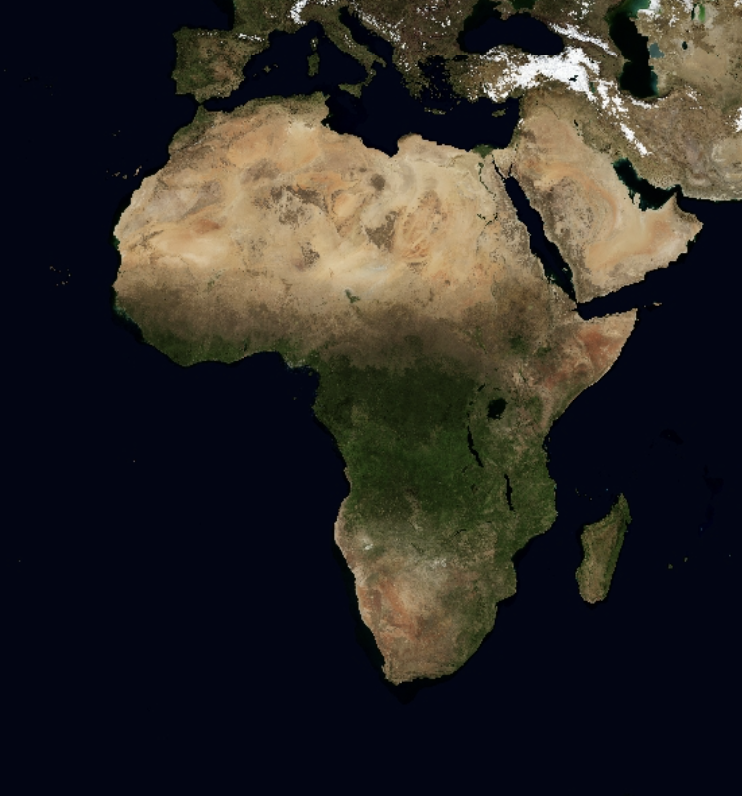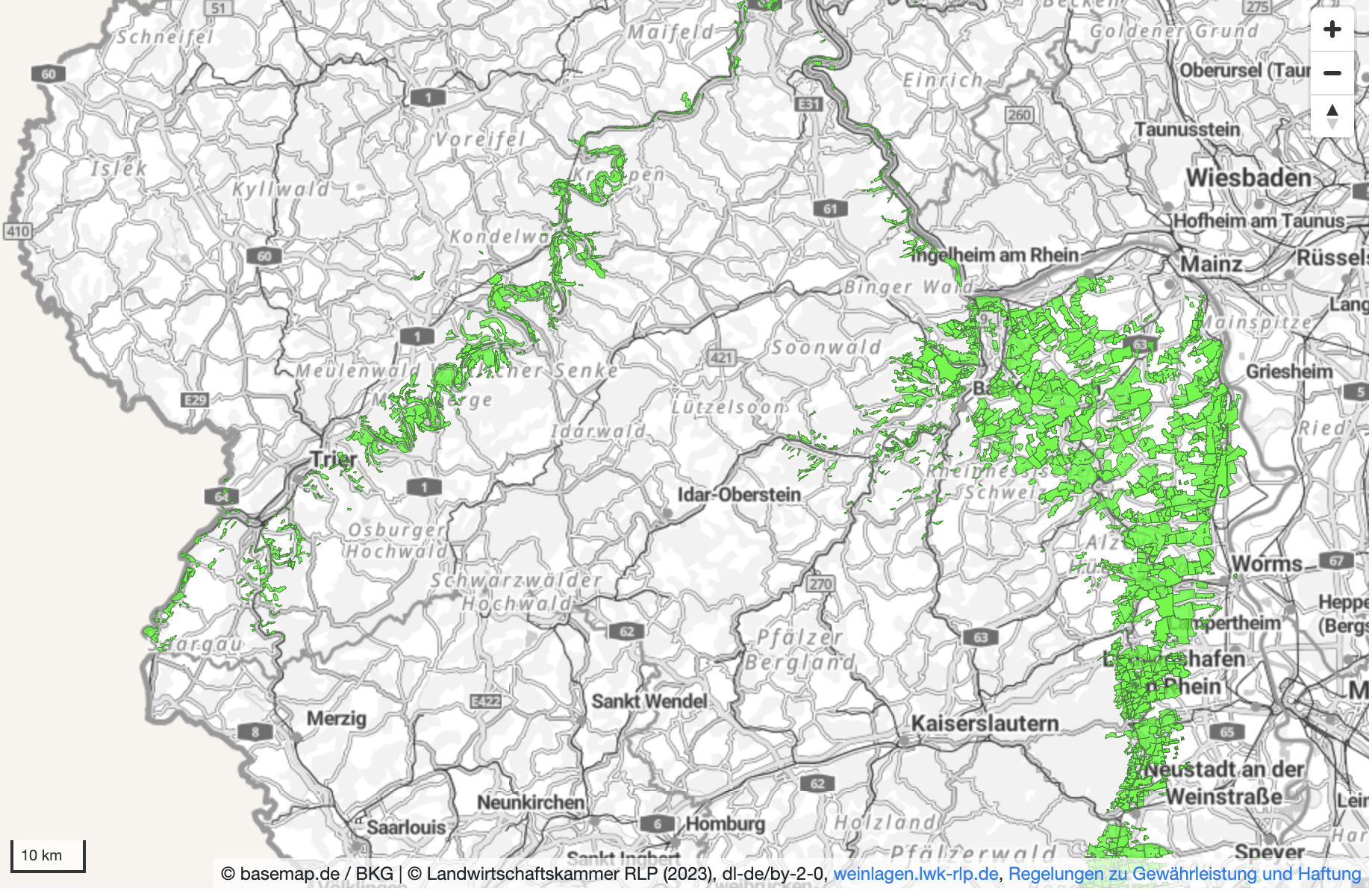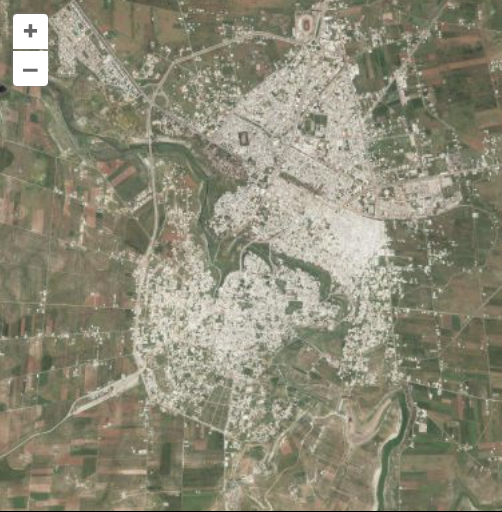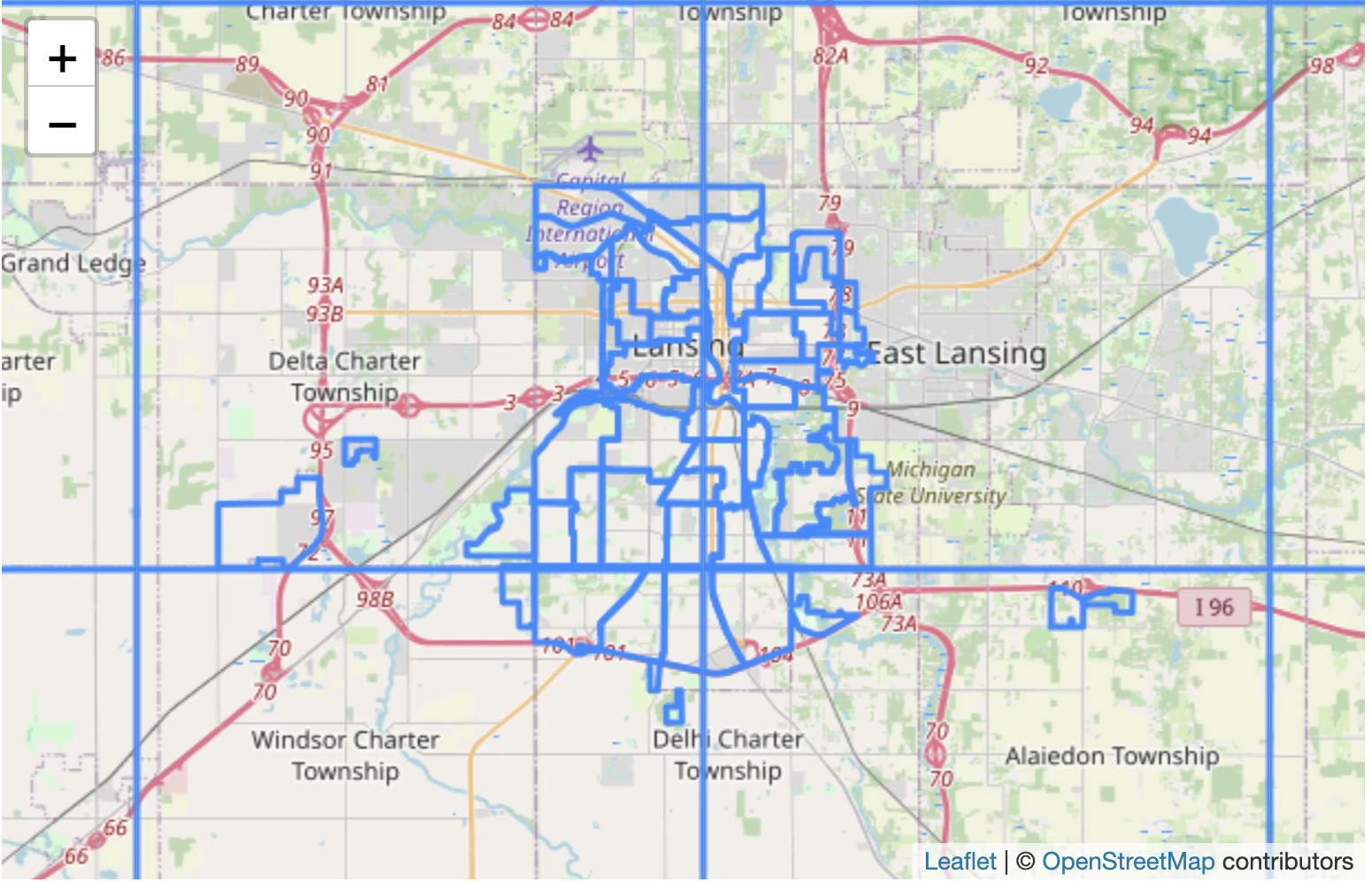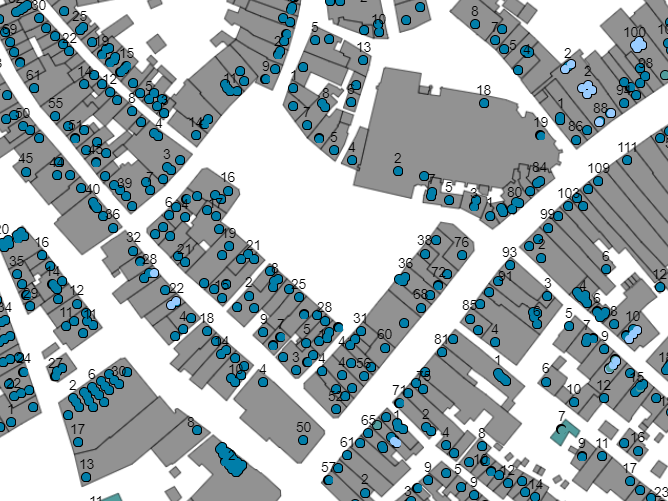See it In Action
This is a list of server implementations, that provide data. Please get in touch , if you would like to add your server to the list.
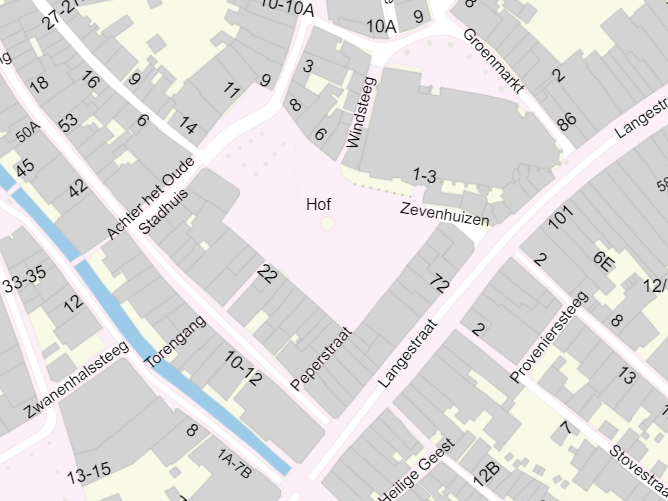
Key Register Large-scale Topography (BGT), Netherlands
Powered by GoKoala
Are you interested in large-scale topographic data of the Netherlands? In the Key Register Large-scale Topography (BGT) you can find all about building types, address labels, road segments (such as cycle paths, lanes, driveways, and shoulders), as well as topographic boundaries (such as fences and walls), terrain types, and water.
